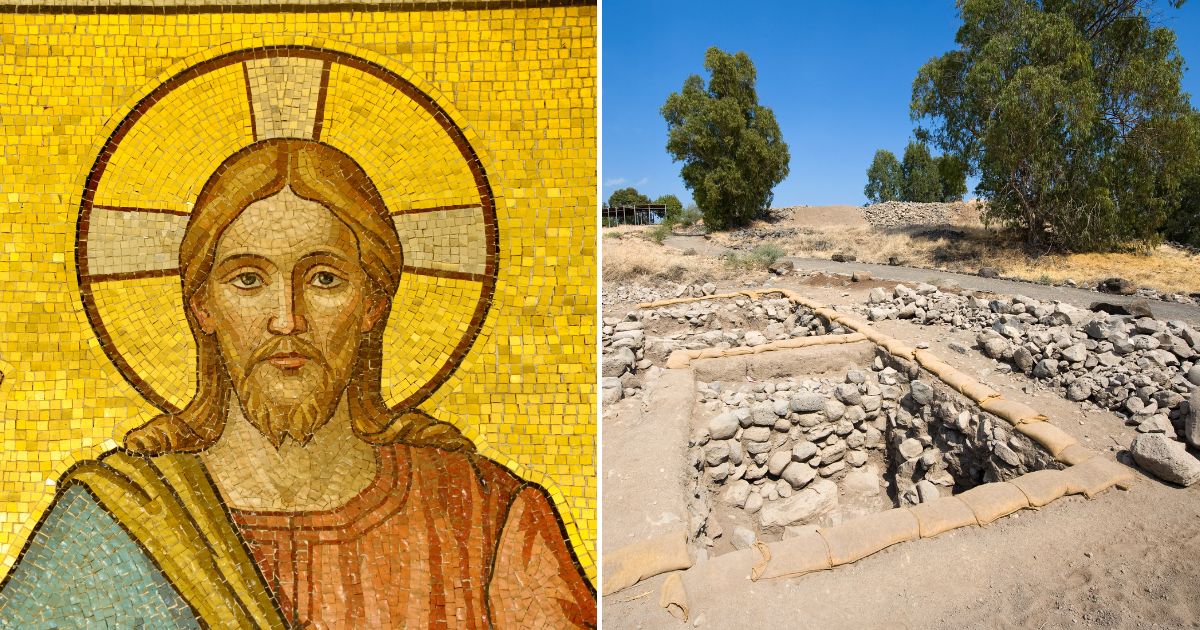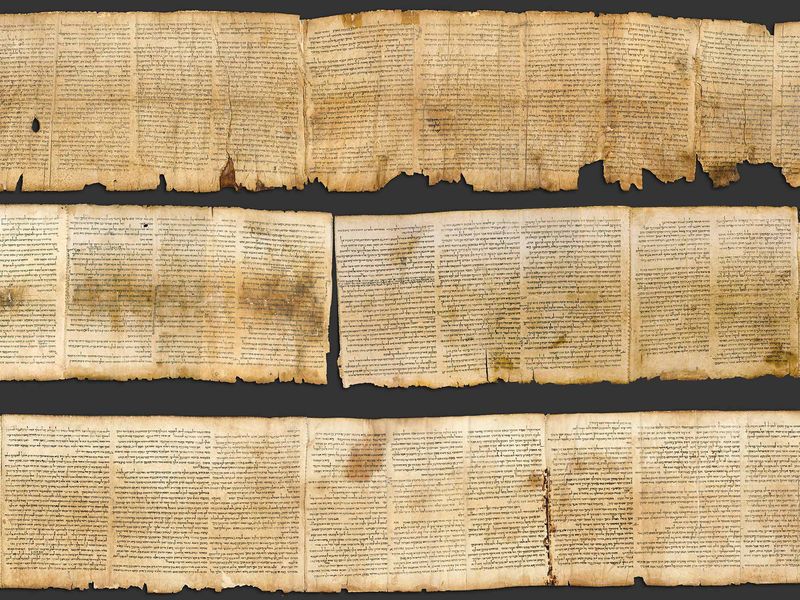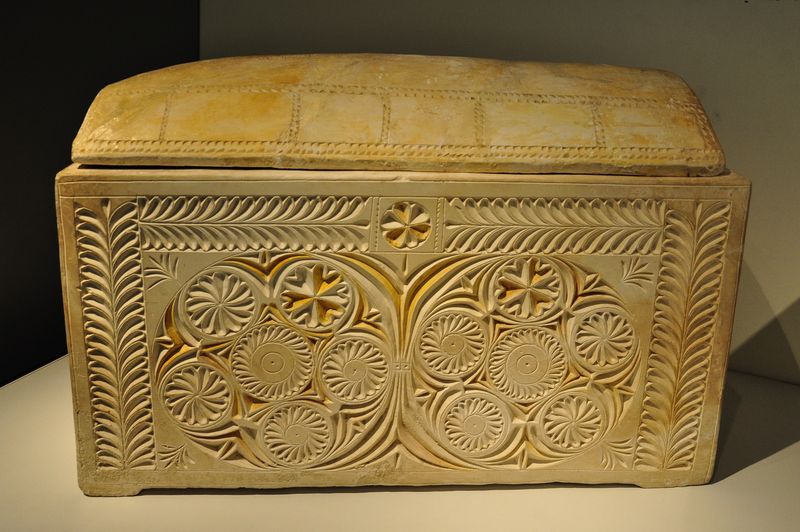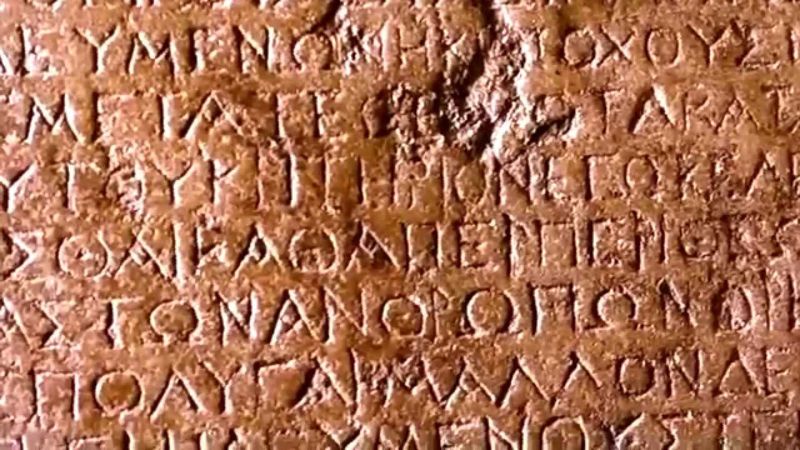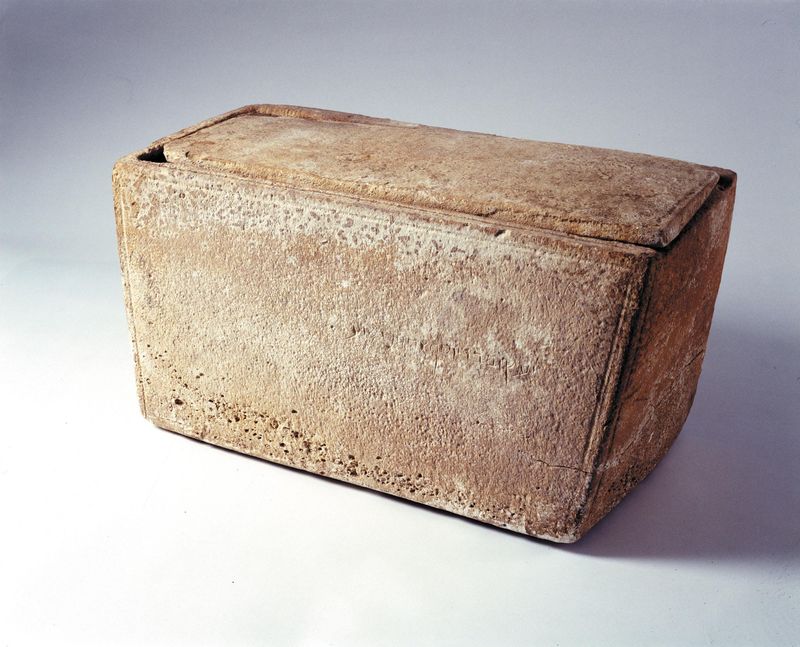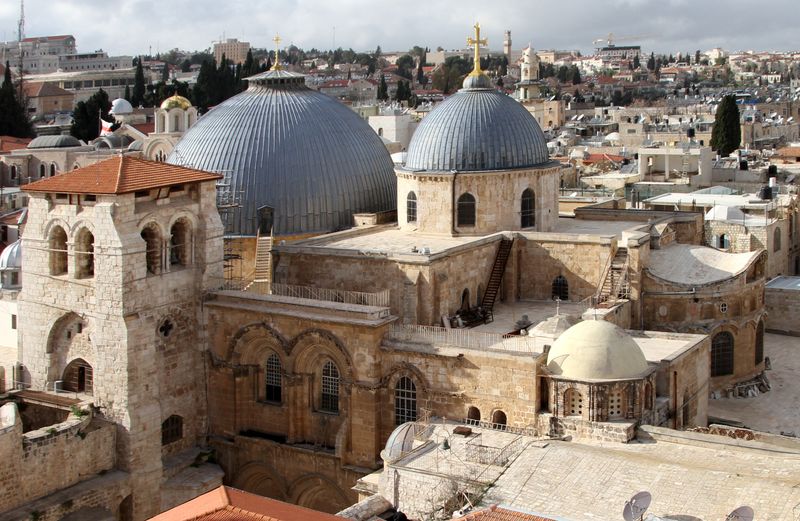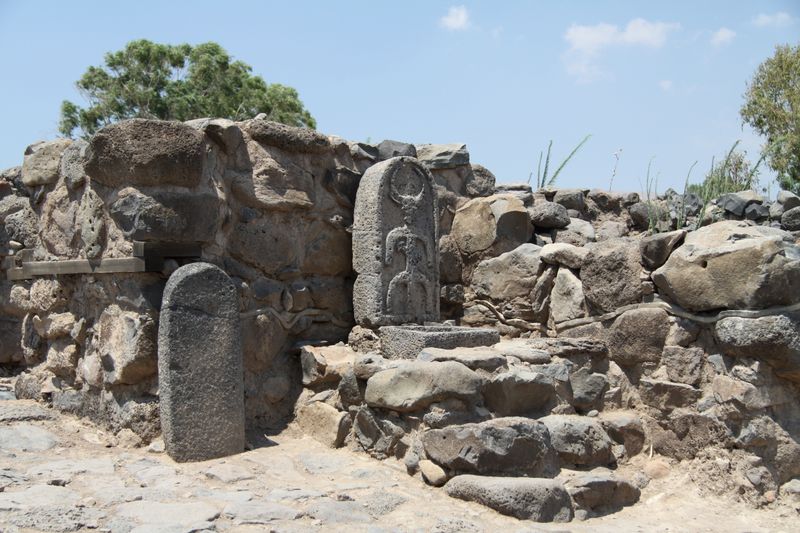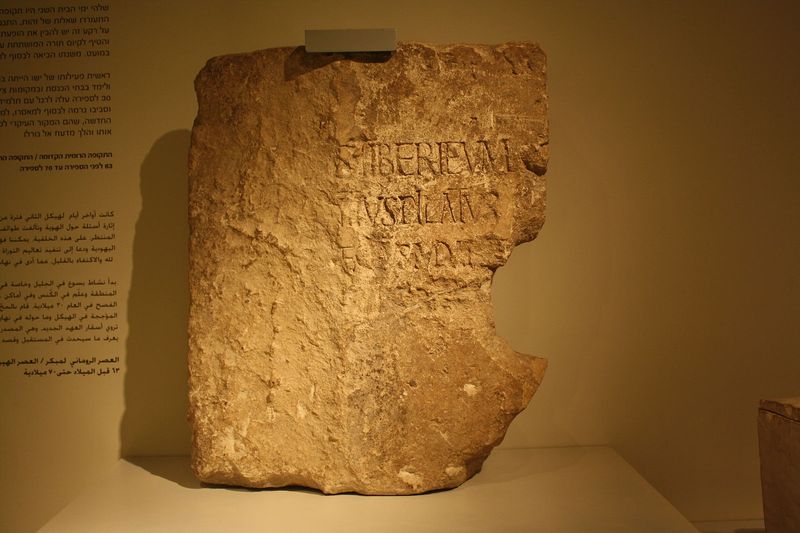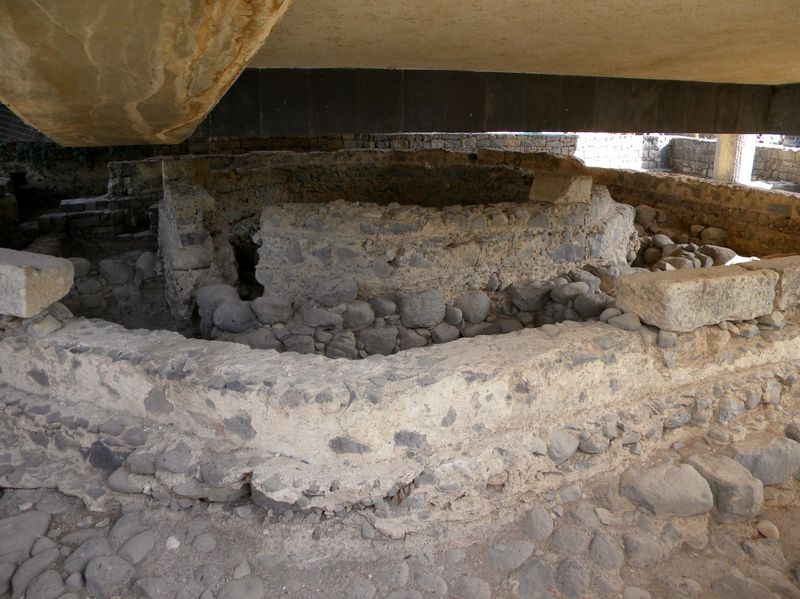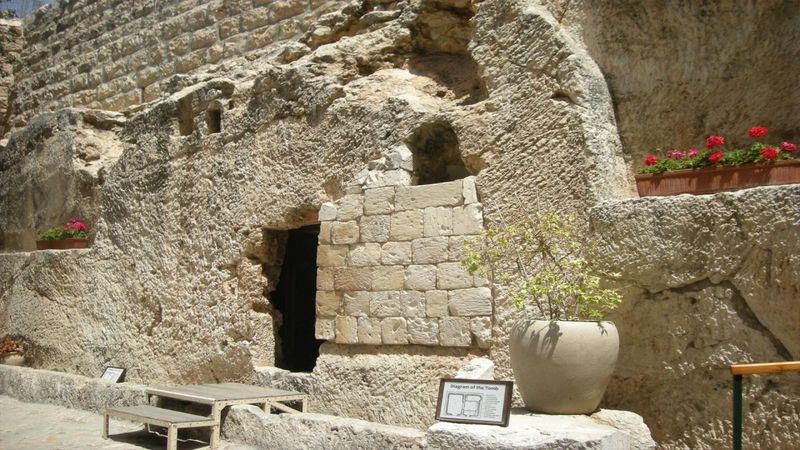Discover how archaeological findings enhance our understanding of Jesus Christ. This exploration delves into the artifacts and sites that shed light on His life and times, offering a fascinating insight into His historical context.
Join us on a journey through eleven remarkable items that deepen our connection to the past and enrich our understanding of Jesus’ life and teachings.
1. The Dead Sea Scrolls
The Dead Sea Scrolls, discovered between 1947 and 1956, are among the most significant archaeological finds of the 20th century. These ancient manuscripts, unearthed in the Qumran caves, date back to the time of Jesus and earlier.
They provide critical insight into the religious and cultural milieu of His era. Containing some of the oldest known biblical texts, these scrolls offer a direct link to the scriptures that shaped Jesus’ teachings.
Their discovery enhances our understanding of early Jewish thought and traditions, inviting deeper exploration of the context in which Jesus lived and preached.
2. The Galilee Boat
The Galilee Boat, also known as the ‘Jesus Boat,’ is an extraordinary archaeological find from the first century AD. Discovered in 1986 along the Sea of Galilee’s shoreline, it offers an authentic glimpse into the fishing life integral to Jesus’ ministry.
Constructed from twelve different wood types, this 27-foot vessel illustrates the resourcefulness of ancient boatbuilders. The boat’s preservation, partly due to its submersion in clay, allows scholars to connect physical remnants with biblical narratives.
Its existence enriches our understanding of the environment Jesus navigated, enhancing our appreciation of His teachings’ geographical context.
3. The Caiaphas Ossuary
The Caiaphas Ossuary is a remarkable artifact, attributed to the high priest involved in Jesus’ trial. This ornately decorated limestone box, used for storing bones, bears the inscription ‘Joseph son of Caiaphas.’
Discovered in a burial cave in Jerusalem, it provides tangible evidence linking to a key biblical figure. The ossuary’s intricate carvings highlight the artistry of the period, while its discovery enhances our comprehension of burial customs.
This artifact serves as a poignant reminder of the real people involved in the pivotal events of Jesus’ life, offering a direct connection to history.
4. Pool of Siloam
The Pool of Siloam, rediscovered in 2004, is a significant archaeological site linked to Jesus’ miracles. Mentioned in the Gospel of John, it’s where Jesus healed a man born blind.
This ancient stone pool, nestled in the City of David, offers a vivid setting for this miracle. The pool’s tiered steps descending into clear water evoke a sense of history, connecting physical space with biblical narrative.
Its discovery not only corroborates scriptural accounts but also enriches our understanding of Jerusalem’s urban landscape during Jesus’ era, inviting reflection on His transformative acts.
5. The Nazareth Inscription
The Nazareth Inscription is a fascinating piece of archaeological evidence that links directly to the era of Jesus Christ.
This limestone tablet, inscribed in Greek, warns against grave tampering under penalty of death, resonating with the resurrection narrative. Found in Nazareth, it provides a glimpse into the Roman response to early Christian claims.
The inscription’s stern tone underscores the tension between Roman authorities and the burgeoning Christian faith. It serves as a tangible connection to the historical Jesus, reflecting the societal dynamics of His time.
This artifact invites us to ponder the impact of Christ’s resurrection story.
6. The James Ossuary
The James Ossuary is an intriguing artifact that sparked considerable debate. This limestone box, inscribed in Aramaic, reads ‘James, son of Joseph, brother of Jesus.’ Its simplicity belies its profound significance.
Discovered in Israel, it potentially corroborates historical references to Jesus’ family. The ossuary highlights the familial ties mentioned in biblical texts, providing a tangible link to Jesus’ earthly connections.
While its authenticity has been scrutinized, the ossuary remains a focal point for discussions on archaeology and scripture, inviting us to explore the historical underpinnings of faith.
7. The Church of the Holy Sepulchre
The Church of the Holy Sepulchre in Jerusalem is revered as the site of Jesus’ crucifixion, burial, and resurrection. This ancient church, originally built in the 4th century, stands as a testament to the enduring legacy of Jesus’ life and teachings.
Archaeological studies within the church have uncovered remnants of earlier structures, affirming its longstanding significance as a pilgrimage destination. The convergence of various Christian denominations within the church underscores its universal religious importance.
Exploring the Church of the Holy Sepulchre allows visitors to connect with pivotal events in Christian history, offering a profound experience of faith and reflection on the historical journey of Jesus Christ.
8. Bethsaida Excavations
The Bethsaida Excavations reveal the remnants of a village often mentioned in the New Testament as a site where Jesus performed miracles. These excavations uncover stone foundations and basalt house remnants, painting a picture of daily life.
Situated near the Sea of Galilee, Bethsaida provides context for Jesus’ interactions with His disciples and followers. The site’s discovery allows researchers to piece together the social and economic fabric of the time.
By exploring these ruins, we gain a richer understanding of the settings of Jesus’ miraculous events, connecting archaeological findings with biblical stories.
9. The Pilate Stone
The Pilate Stone, discovered in 1961 at Caesarea Maritima, is a crucial archaeological find that provides historical evidence of Pontius Pilate’s role as the prefect of Judea. This limestone block, etched with Latin inscriptions, marks Pilate’s dedication of a Tiberium to the Roman Emperor Tiberius.
The inscription is one of the few contemporary records referring to Pilate, offering a tangible connection to the Roman governance during Jesus’ time. It underlines the political climate that Jesus navigated while illustrating how Roman authority intertwined with local affairs.
For those interested in biblical history, the Pilate Stone serves as a reminder of the intricate interplay between historical documentation and religious texts, inviting further exploration into the era’s socio-political dynamics.
10. The House of Peter
The House of Peter in Capernaum offers a tangible connection to Jesus’ life. Archaeological findings reveal a typical stone house, believed to be Peter’s, where Jesus stayed.
This site, with its remnants of walls and a central courtyard, aligns with biblical descriptions. Capernaum being a focal point of Jesus’ ministry, the house exemplifies His humble associations.
Visiting this site allows one to walk where Jesus walked, deepening the personal connection to His life and teachings. The House of Peter symbolizes the simplicity and profound impact of His ministry.
11. The Mount of Beatitudes
The Mount of Beatitudes, traditionally identified as the site where Jesus delivered the Sermon on the Mount, offers breathtaking views and spiritual significance. While not an archaeological site per se, its historical and religious importance is undeniable.
This hillside location is adorned with a church and walking paths, allowing pilgrims to reflect on the teachings attributed to Jesus in the Gospel of Matthew. The setting provides context to Jesus’ message of peace and compassion.
Visiting the Mount of Beatitudes enables individuals to immerse themselves in a peaceful environment, fostering a deeper connection with the teachings of Jesus and reflecting on their relevance in today’s world.
